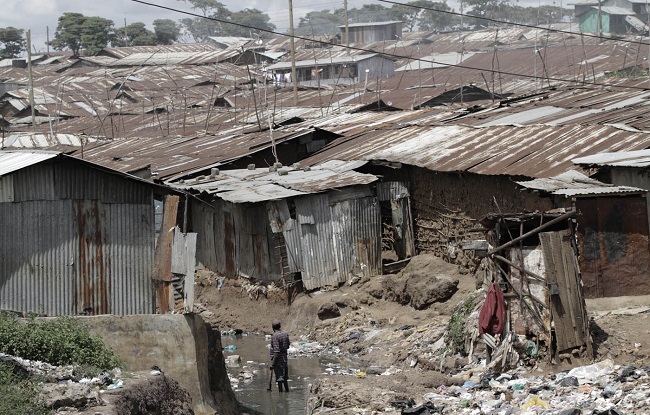Sida launches framework for understanding poverty

photo: baylorinafrica.blogspot.se
“The 2030 Agenda calls on us to end poverty in all its forms everywhere and to leave no one behind. This requires a historic and concerted effort and to put poverty back in focus”, says Susanna Gable, Sida’s Chief Economist.
As part of this historic challenge Sida is launching an updated approach to multidimensional poverty in a new publication, Dimensions of Poverty: Sida’s Conceptual Framework.
The underlying understanding is that poverty is not only about lack of resources, but is the result of different forces that combine to enable or prevent change.
The model, which puts ‘who’ at the centre of the analysis, challenges us to go beyond averages and to understand the situation for different groups, emphasising poor peoples’ perspectives.
Four dimensions of poverty are defined in the updated approach. They are resources, opporutnities and choice, power and voice and human security.
Lack of human security is now added as a specific dimension of poverty, reflecting the insight that violence and insecurity limit an individual’s path out of poverty.
Compared to many other definitions of multidimensional poverty, Sida also emphasises lack of power and voice as a dimension of poverty. Through linking the different dimensions and clustering them together, new knowledge is gained about who is poor, how poverty is experienced by different groups, as well as the underlying causes.
Dimensions of Poverty gives guidance on how Sida views multidimensional poverty and provides a shared understanding of multidimensional poverty. The five perspectives: poor peoples’ perspectives, the rights perspective, conflict perspective, environment perspective and gender perspective are integrated. The approach facilitates a holistic view on development, combining the perspectives in relation the overall goal to reduce poverty.
Dimensions of Poverty is intended to contribute to Sida’s understanding of the contexts where it works and to highlight how Swedish supported interventions contribute to poverty reduction. Furthermore, Dimensions of Poverty is expected to serve as an instrument for dialogue with partners and as a guide for assessing other actors’ poverty and contextual analyses.
Sida

